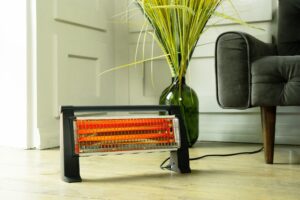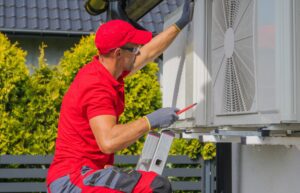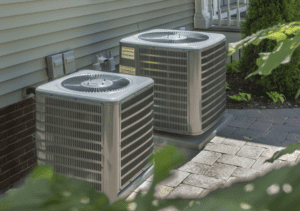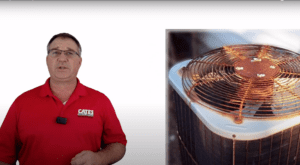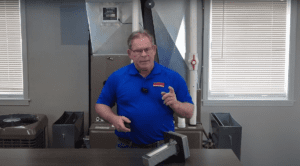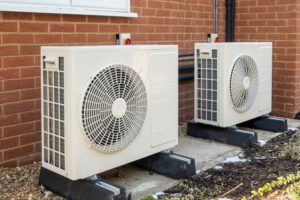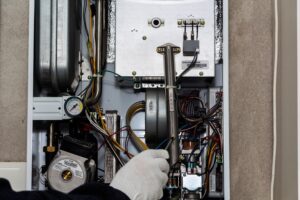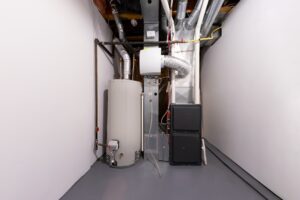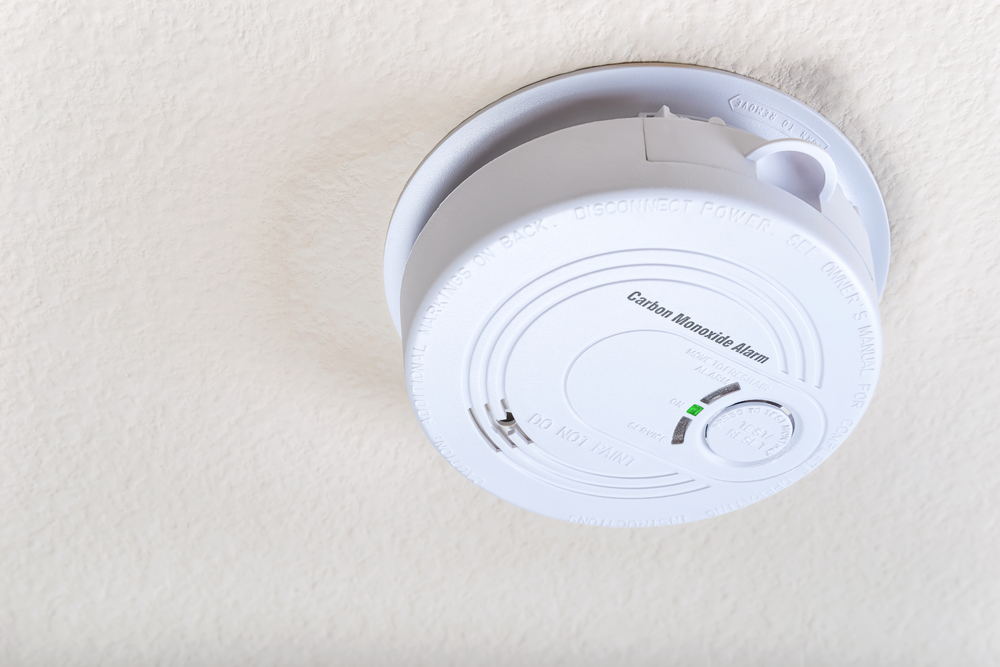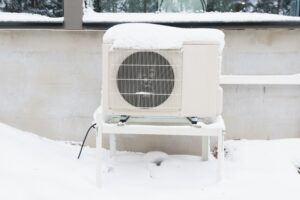Carbon monoxide has been referred to as the “silent killer” due to its detection difficulty. Unlike many other types of gases, it doesn’t have a smell or taste. This toxic gas can be found in very common household appliances, such as furnaces, gas ranges, and fireplaces.
At Cates Heating and Cooling, we want to protect our customers in Overland Park, Kansas, so we created this handy carbon monoxide guide.
What Are Carbon Monoxide and Carbon Monoxide Poisoning?
Carbon monoxide (CO) is an odorless, colorless gas that is a byproduct of incomplete combustion. Gasoline, natural gas, propane, and even charcoal give off carbon monoxide.
Carbon monoxide poisoning occurs when you breathe in this toxic gas. Once inhaled, the gas limits your blood’s ability to carry oxygen through your body, which evidentially results in asphyxiation. Symptoms start when the gas reaches 9 parts per million.
Symptoms of Carbon Monoxide Poisoning
Since carbon monoxide poisoning can be deadly, it is important that you know the symptoms. Unfortunately, symptoms can be pretty general, so if you notice these symptoms without an explanation, you should see a doctor right away.
Symptoms of carbon monoxide poisoning are often flu-like and include:
- Lethargy
- Weakness
- Dizziness
- Dull headache
- Nausea
- Vomiting
- Shortness of breath
- Confusion
- Blurred vision
- Loss of consciousness
- Chest pain
Who Is at Risk of Carbon Monoxide Poisoning?
CO poisoning can affect anyone, but some people are at a higher risk. Carbon monoxide poisoning may be particularly dangerous for:
- Infants and young children: Young children breathe more frequently than adults, which makes them more susceptible to CO poisoning.
- Unborn babies: Fetal blood cells absorb CO more readily than adult blood cells do, which makes unborn babies more susceptible to harm.
- Elderly adults: Older people who get carbon monoxide poisoning are more likely to develop brain damage.
- People with heart disease: Chronic heart disease, anemia, and breathing problems can all make people more at-risk for complications from carbon monoxide poisoning.
- People who fall unconscious when experiencing CO poisoning: Loss of consciousness is an indicator of a severe exposure to carbon monoxide.
Causes of Carbon Monoxide Poisoning
A deadly carbon monoxide leak in your home can stem from furnaces, boilers, gas fireplaces, and more. Leaving a car running in an enclosed space can also lead to carbon monoxide build up.
Treating Carbon Monoxide Poisoning
The Mayo Clinic recommends a couple of different treatment options. The first is breathing pure oxygen, which can be administered through a mask that covers your nose and mouth in the hospital. Using pure oxygen helps more oxygen get to your organs and tissues. A ventilator is used when a patient can’t breathe in the pure oxygen themselves.
Hyperbaric oxygen therapy can also help patients with CO poisoning. A pressurized oxygen chamber provides an area with air pressure that is two to three times higher than normal, which speeds up the oxygenation of the body after carbon monoxide poisoning. This treatment is used in severe cases of CO poisoning to help protect heart and brain tissue, both of which are extremely vulnerable to damage after CO poisoning. Doctors may also recommend this treatment for pregnant women to help the fetus.
Preventing Carbon Monoxide Poisoning
Due to the deadly nature of CO poisoning, preventing carbon monoxide leaks is critical. Here are a few simple things you can do to prevent CO poisoning in your home.
- Install CO detectors and replace batteries twice a year.
- Schedule regular HVAC maintenance.
- Check HVAC vents for good airflow.
- Check fireplace for cracks.
- Test the igniter in your gas fireplace by turning off the gas at the shut-off valve.
- Make sure fireplace gas logs are positioned properly.
- Have your chimney cleaned or check every year.
- Don’t heat your home with a gas oven.
- Use fuel-burning space heaters with caution.
- Don’t burn charcoal inside.
- Don’t run your vehicle inside the garage—even with door open.
- Don’t use portable flameless chemical heaters inside.
- Make sure gas appliances are properly vented.
- Never operate a generator inside your home, basement, or garage or less than 20 feet away from doors, windows, and vents.
There are a variety of ways that you can keep your chances for CO poisoning to a minimum, but the best things you can do is make sure that you have working CO detectors placed around your home and have your HVAC equipment and fireplaces checked each year.
Cates Heating and Cooling’s annual service plans can help customers in Overland Park, Kansas, ensure that their HVAC systems are operating safely.


